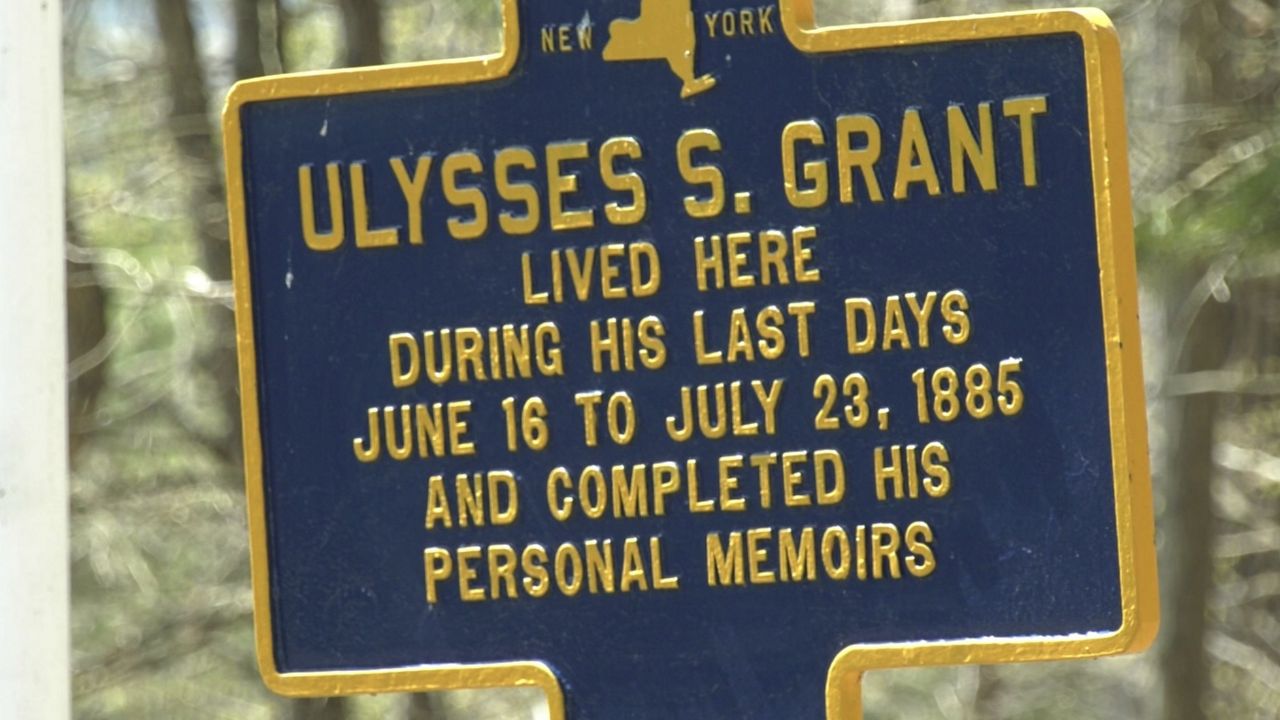Tucked away on Mount McGregor in Wilton is a cottage where Ulysses S. Grant, the nation’s victorious Civil War general and 18th president, spent his final days battling throat cancer.
“So, we have a great story to tell here,” Friends of Grant Cottage President Tim Welch said.
Grant, the former commanding general of the U.S. Army during the Civil War, completed his memoirs at the Saratoga County site with his publisher Mark Twain in 1885.
“The only reason he was writing them was to make sure his family was taken care of after he had suffered financial loss,” Ulysses S. Grant Cottage State Historic Site Operations Manager Ben Kemp said.
What You Need To Know
- Former President Ulysses S. Grant spent his final days battling throat cancer and writing his memoirs on Mount McGregor
- The state historic site was recently designated a National Historic Landmark
- The site acquired four acres from the former Mount McGregor State Correctional Facility to expand parking and programming
Grant completed the well-known memoir just three days before he died inside the cottage. A clock near Grant’s bed is frozen in time, a gesture made by Grant’s son to mark his final breath.
“This is a man that's kind of mythological,” Kemp said. “But here at this cottage, what he did for his family, it really humanizes him.”
The newly named National Historic Landmark is a popular destination for history buffs and tourists, but space is limited.
“We’ve been looking to get the ballfield that the prisoners used to play softball on,” Welch said.

The former Mount McGregor State Correctional Facility surrounds the historic cottage. On Wednesday, the state’s Office of Parks, Recreation and Historic Preservation announced the four acres would be transferred to Grant College.
You could call it a gift of sorts. The announcement came on Grant's 200th birthday.
“That’s where a hotel once stood during Grant’s time in the 1880s, so it has historic interest,” Kemp said. “But it’s also to protect the viewshed of the cottage.”
The space will also be utilized to create more parking and space for interactive educational programming.
“We often have these kinds of presentations, and we often get more than 100 people who come here,” Welch said. “It's not always easy to have them sit on the porch.”
There is no clear timeline for the area’s transformation, as it will be heavily dependent on future funding.
“The next step for us is to take that razor wire down,” Welch said.



